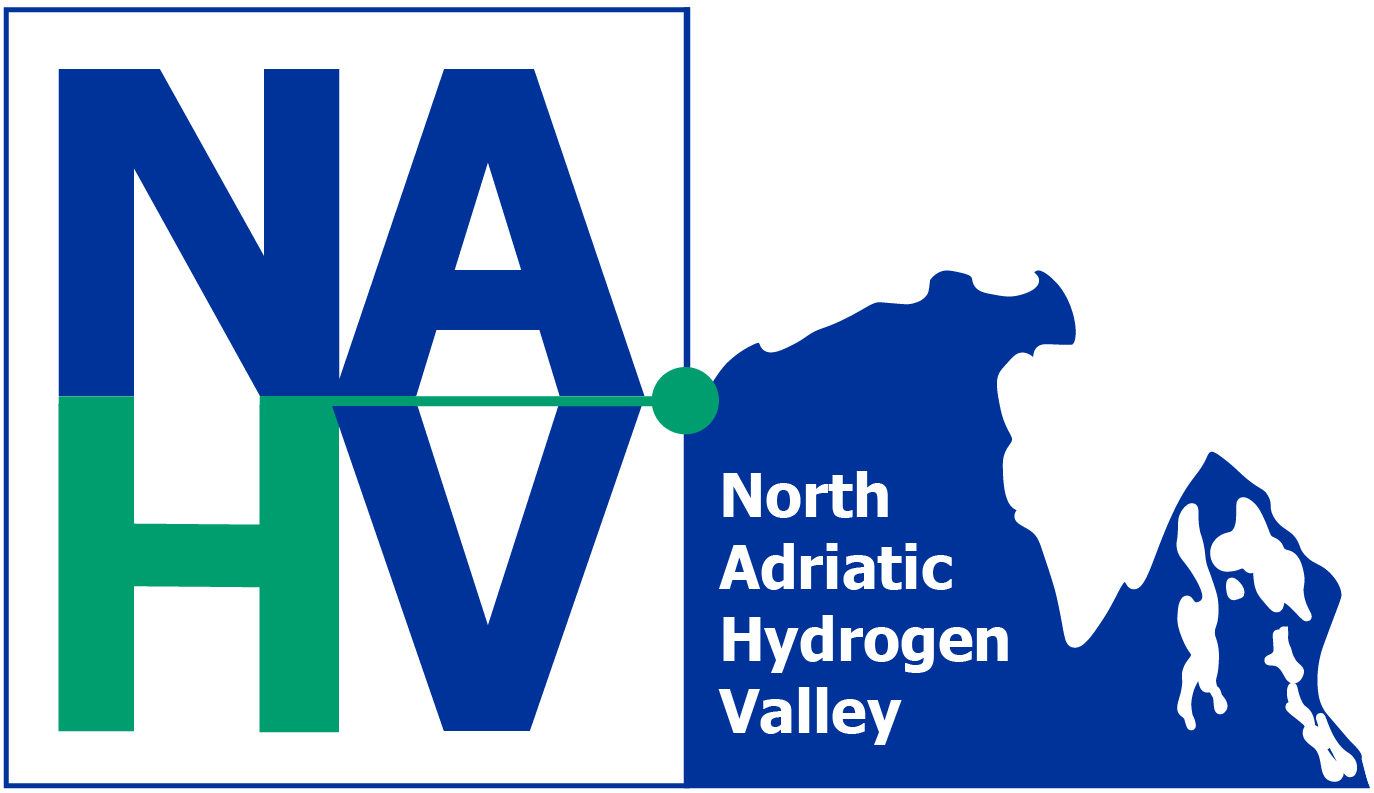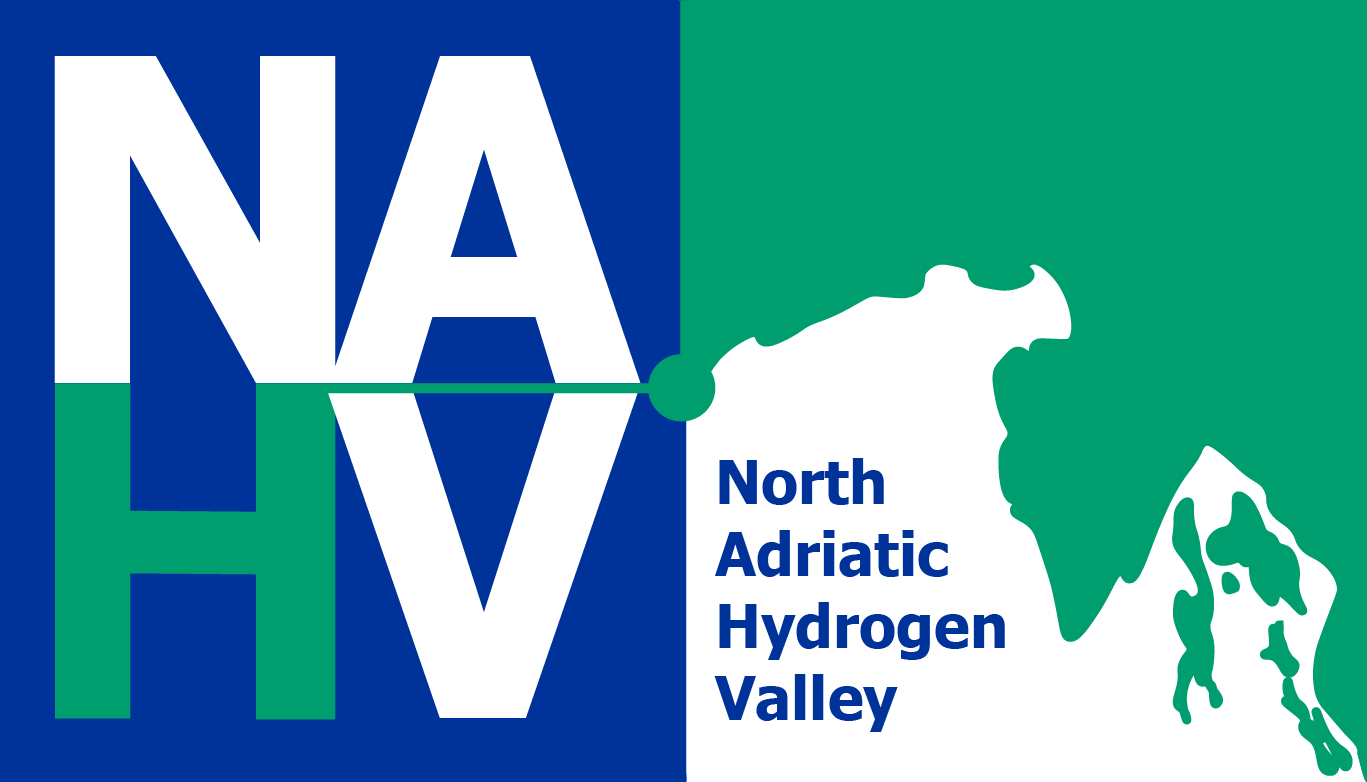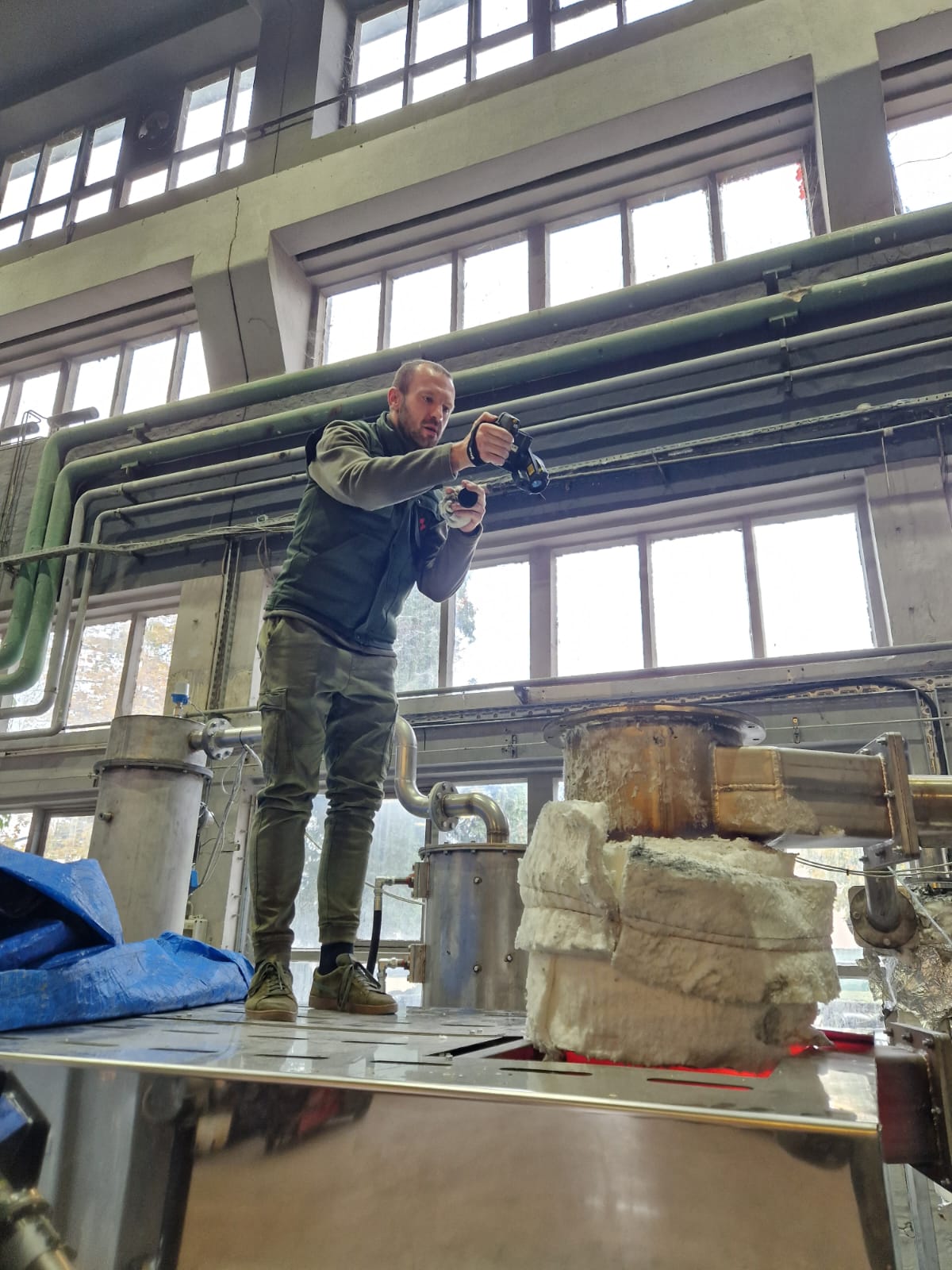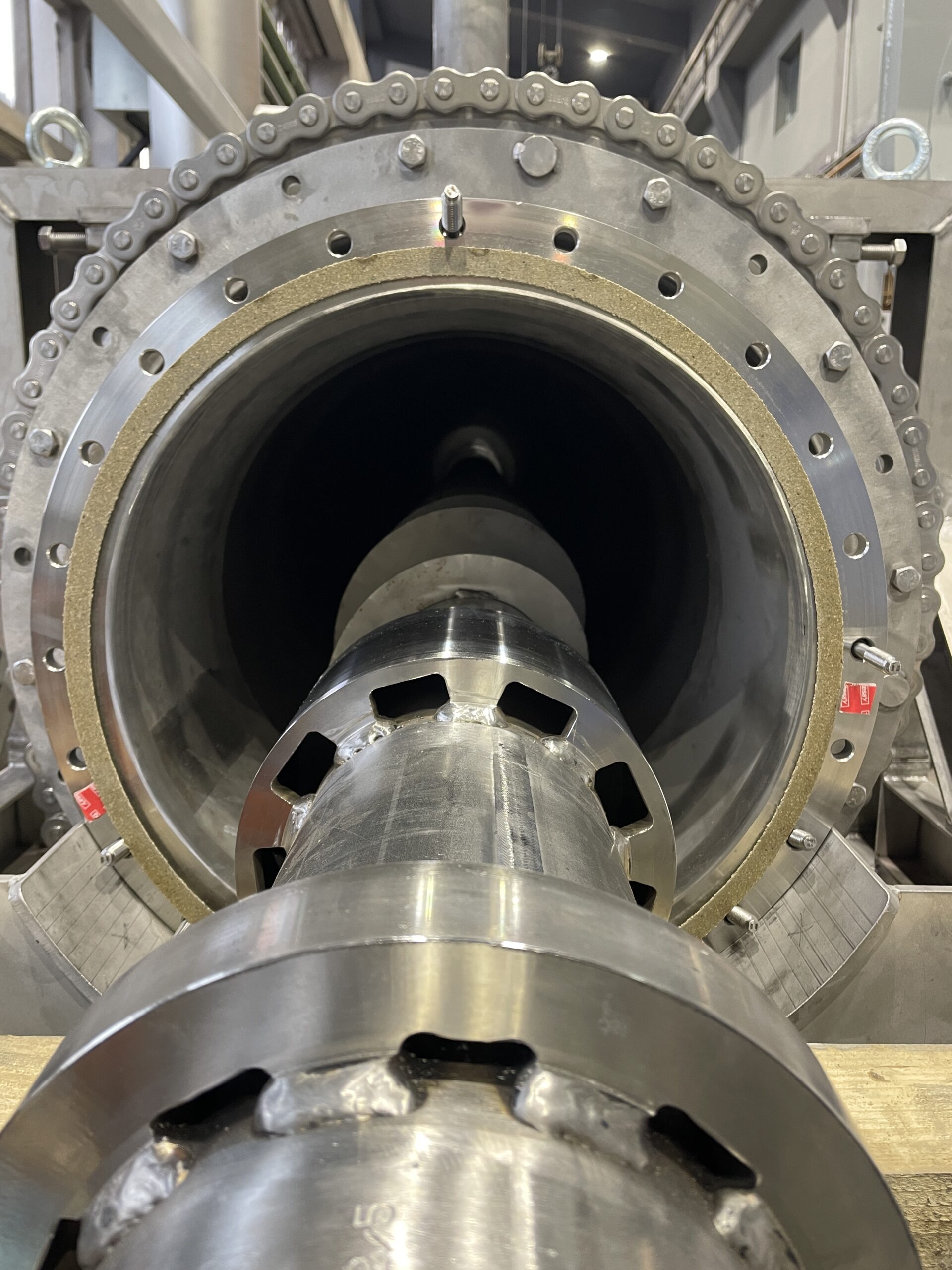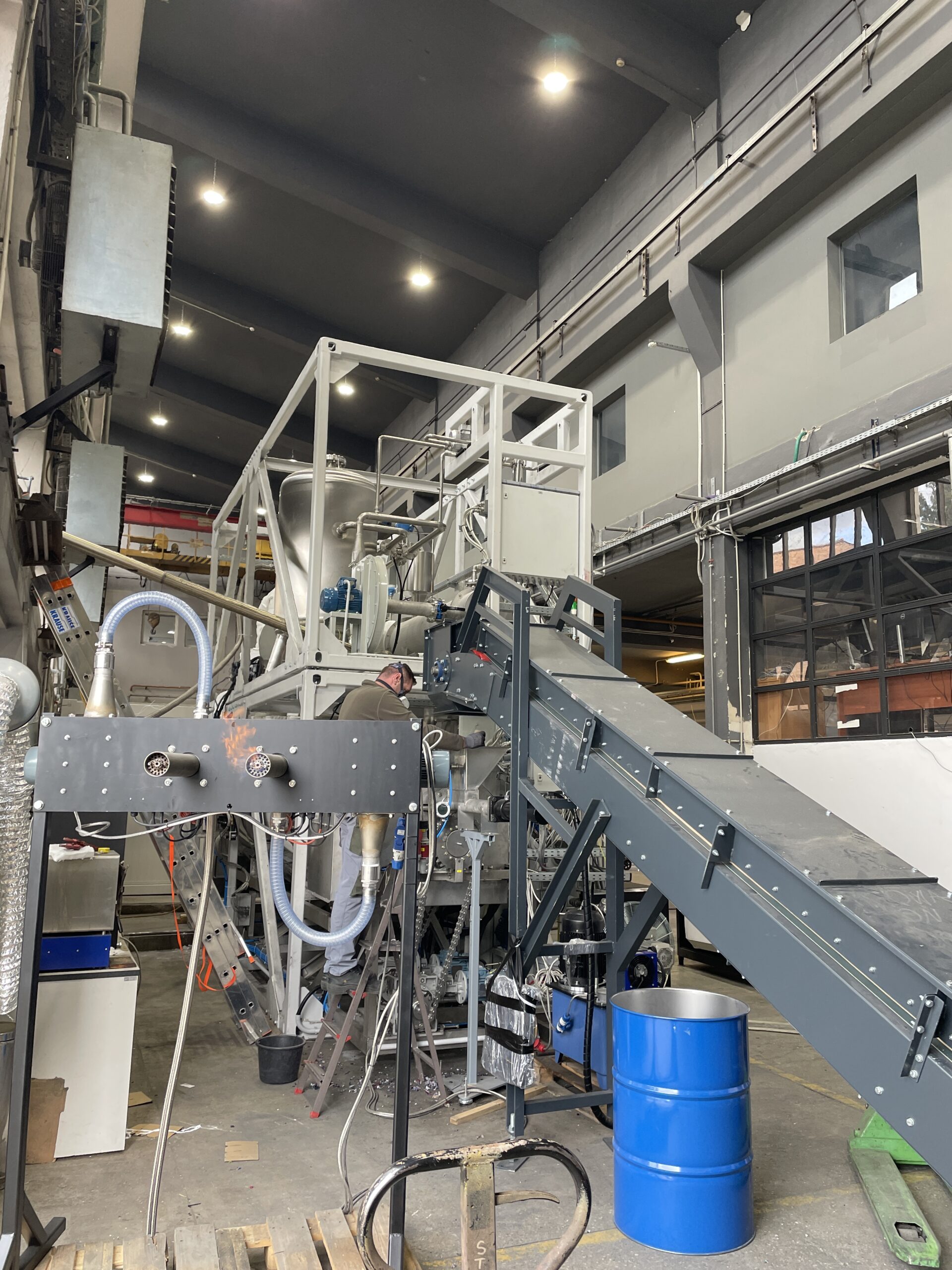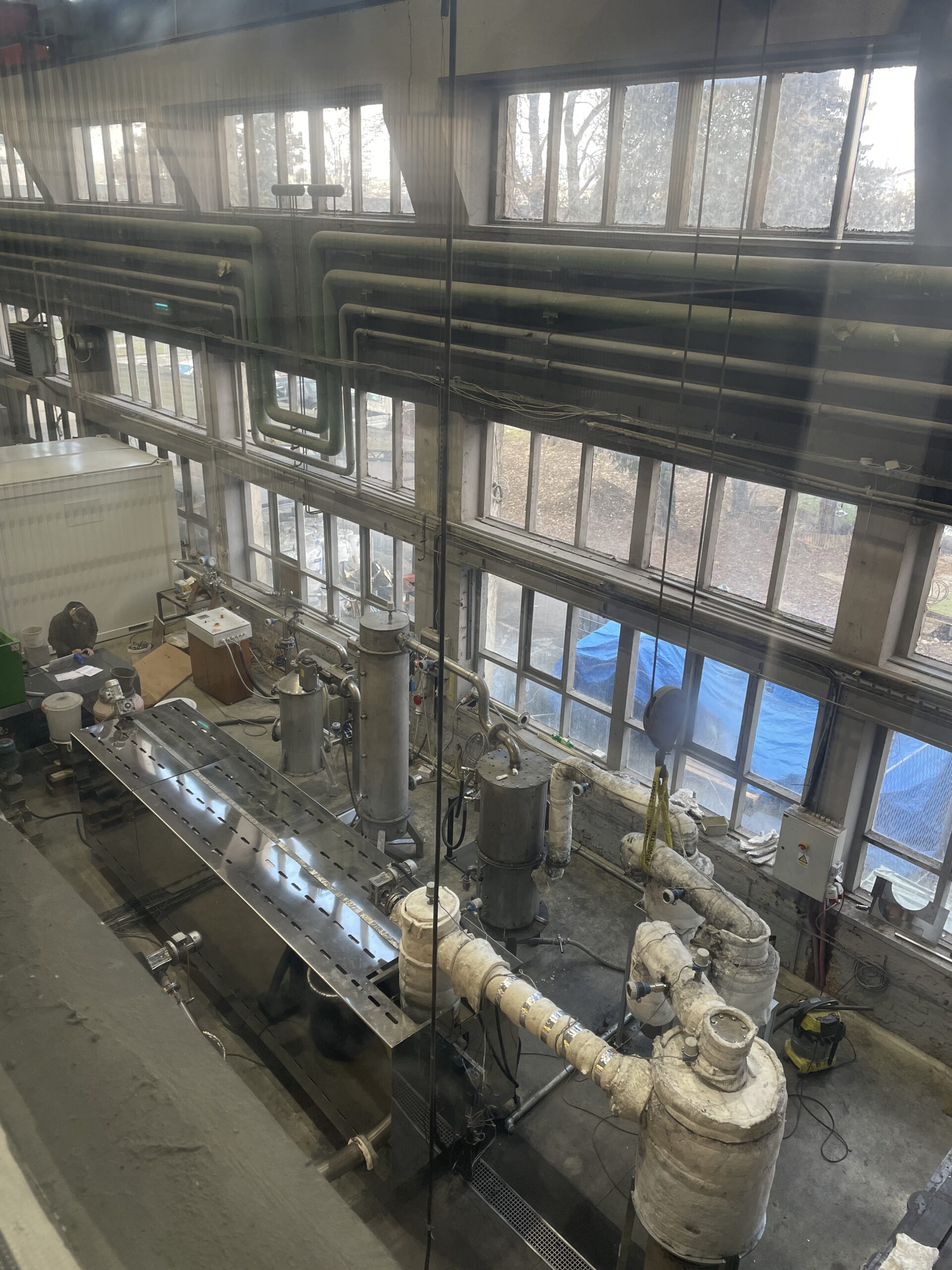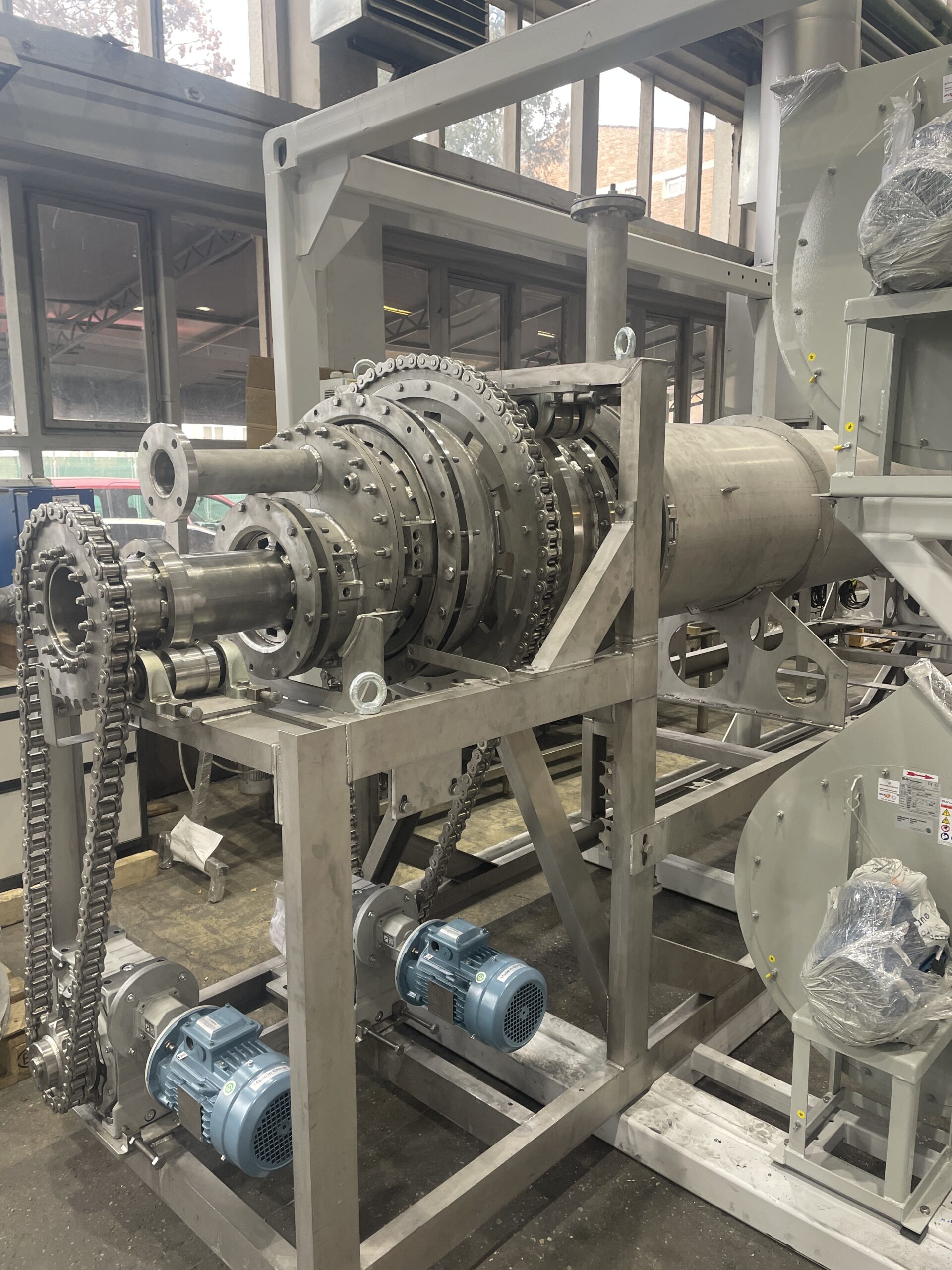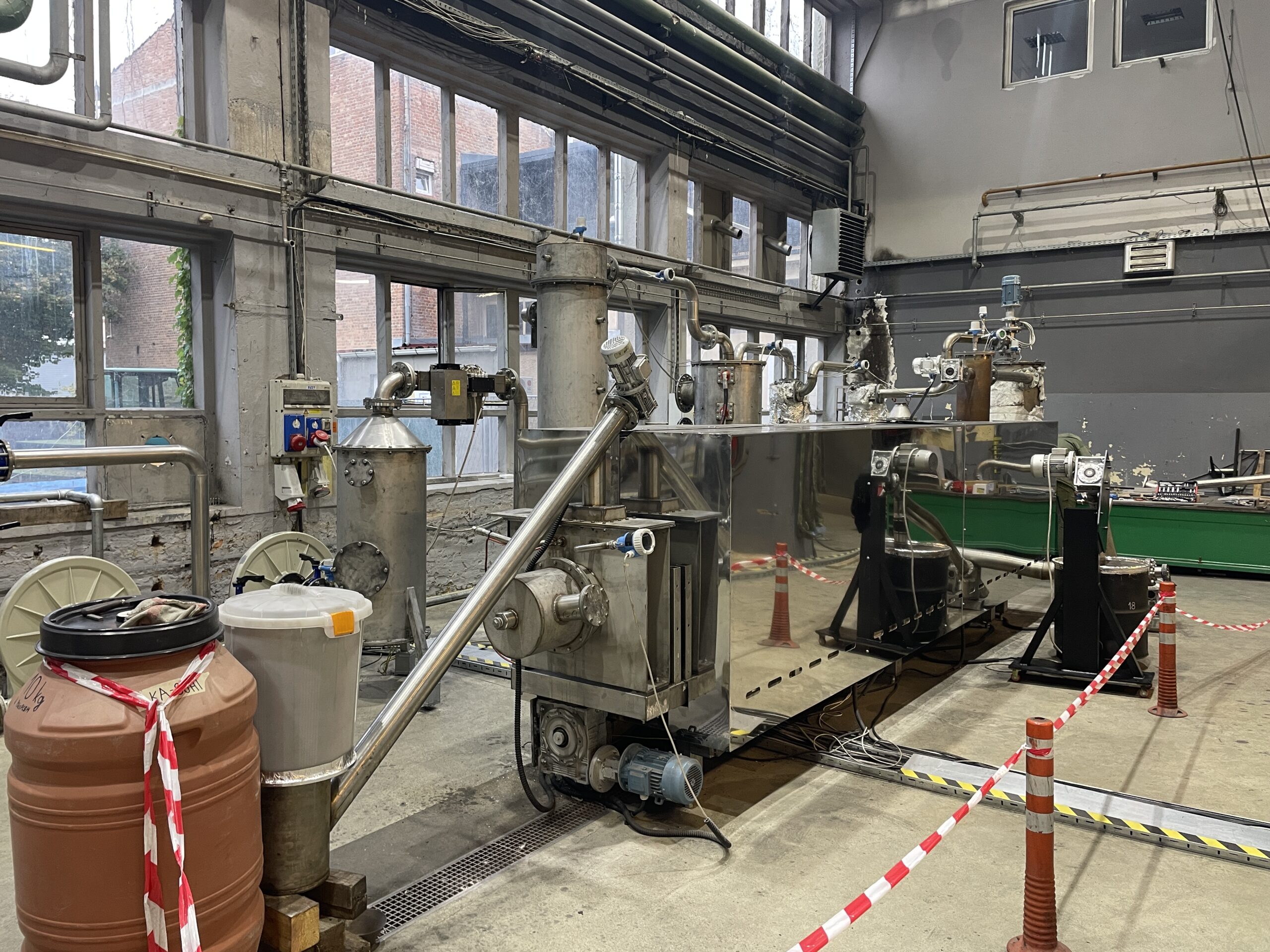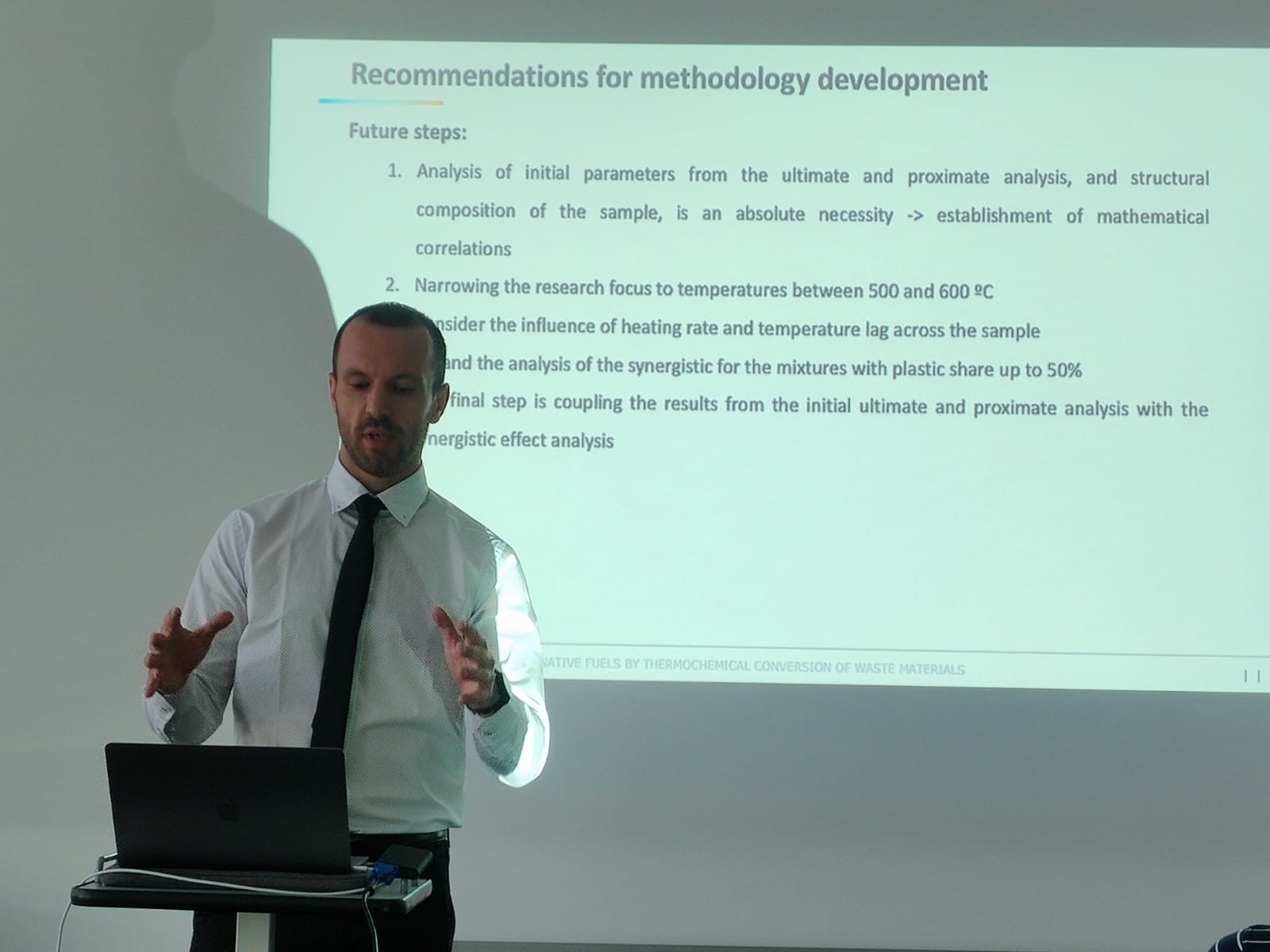This is the first interview in our NAHV Partner series, where we highlight the key players driving innovation in sustainable energy. We sat down with Hrvoje Stančin, PhD, a Senior R&D Engineer at Indeloop (DOK-ING Group Ltd.), headquartered in Zagreb, Croatia. Indeloop is making significant strides in the field of green hydrogen, and Dr. Stančin shared the company’s role in the renewable hydrogen economy and their vision for the future.
Company Overview
Company Name: Indeloop (DOK-ING Group Ltd.)
Headquarters: Zagreb, Croatia
Industry: Engineering powerhouse specializing in robotic and autonomous systems for military engineering, CBRNE emergency response, underground mining, and energy technology development.
Representative: Dr.sc. Danica Maljković
Interviewee: Hrvoje Stančin, PhD (Senior R&D Engineer)
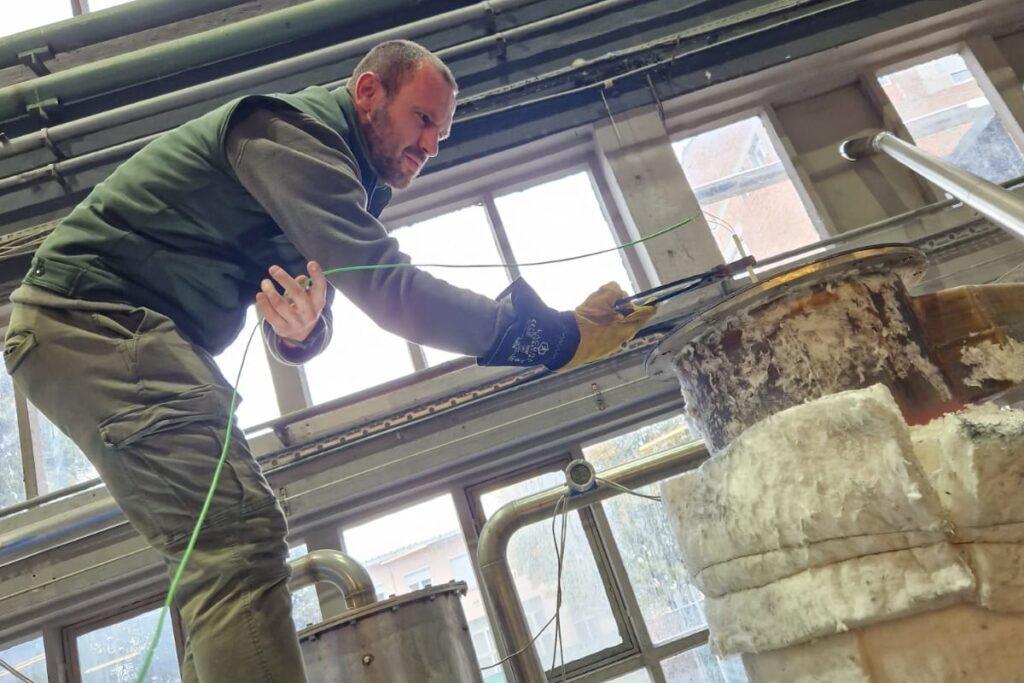
Indeloop is dedicated to creating sustainable ecosystems by converting waste resources into clean energy. They play a crucial role in deploying electrolysers for green hydrogen production.
Interview
What is your vision of the use of renewable hydrogen and the hydrogen economy as a whole?
Hydrogen has been marked as the most promising energy carrier for overall decarbonisation for some time, especially when it comes to the industrial sector. It has a great calorific value which, coupled with the fact that it can be produced locally by electrolysis or some other type of novel technology, opens immense opportunities for technology developers, producers, and end users. Our vision is to develop technology which could be deployed close to direct industrial applications, which will mitigate the risks and uncertainties related to hydrogen distribution and storage. In addition, we see a role for hydrogen in the transport sector for heavy duty vehicles, rail, maritime and aviation applications where the alternatives are not sufficient to replace conventional fossil fuels.
What are the main driving forces for the adoption of renewable hydrogen, and what are the major challenges for the ecosystem to successfully evolve?
The main driving force is of course the energy transition and the search for sustainable alternatives to fossil fuels. Besides this, a significant impact is derived from the fact that the energy transition also represents an economic transition, where the EU is aiming to become an energy producer, reducing dependence on fossil fuel imports. Around 60 billion euros is spent annually, mainly on the import of natural gas and oil, which results in significant geopolitical dependence on third parties. Finally, R&D in the field of hydrogen could be a great opportunity for EU industrial players, who could become key players and leaders in the whole sector and value chain.
Of the main challenges, we can identify a lack of clear regulations which would enhance the roll-out of hydrogen technologies. Lately, we have noticed significant changes in this area, and things are starting to move from the initial standpoint, but there is still lot to do. Additionally, a challenging drawback for the deployment of hydrogen technologies are the CAPEX and OPEX costs, which often result in higher prices for green or low-carbon hydrogen which cannot compete with the steam methane reforming (SMR) of natural gas. However, lately we have seen a notable financial support on various projects which have boosted technology roll-out, especially in the field of electrolysis and green hydrogen production. For other types of low-carbon hydrogen technologies, there is still plenty of space for improvement, especially in terms of recognising various options for sustainable production.
Finally, the biggest concern in the hydrogen economy is derived from the properties of hydrogen, primarily its low density, which results in significant losses or requires the application of energy intensive technologies such as compressors or cryogenic cooling. However, there are thousands of scientists and engineers working to resolve these problems, and with the significant financial pushback that has been ensured lately, such issues will be undoubtedly resolved.
Specifically, what are the major challenges for your organisation when it comes to renewable hydrogen?
Since we are developing plant for waste gasification where hydrogen accounts for a large proportion of syngas, the biggest concern about hydrogen production and utilisation from our side is related to the regulatory recognition of low-carbon hydrogen production pathways. At the moment, only hydrogen produced from electrolysis is considered green (RFNBO), while the other production processes are still lacking recognition at regulatory levels, which constrains their wider deployment.
What are your competencies related to renewable hydrogen that you would like to strengthen and share within the NAHV ecosystem?
Within the scope of NAHV project, we are aiming to connect with other technological developers to exchange knowledge and experience. Also, we are aiming to connect with industrial players who are using hydrogen in their everyday business activities, with the aim of exploring potential future collaboration in hydrogen-related projects.
What is your role in the NAHV, and what will be your main contribution to the objectives of the initiative?
Our task within the scope of the project is to buy an electrolyser which will be coupled with a PV plant on the rooftop of our production facilities. At this planning stage and based on the production capacity of the PV plant, we have calculated that an electrolyser of 450 kW would be optimal in our case. This will give us 200 kg of clean, green hydrogen per day, which could be utilised in the transport or industrial sectors. The precise deployment will depend on the national strategy for hydrogen refuelling stations (HRS), since they need to define HRS corridors. We are also expecting tenders for co-financing such investments due to the high CAPEX costs. Finally, it is necessary to motivate cities with public transport networks to begin acquiring fuel cell (FC) vehicles, since this is important for creating business models for emerging technologies and markets.
What are your long-term expectations from your involvement in the NAHV?
We are expecting to connect with stakeholders who share a similar vision of the hydrogen economy, and who also share the same passion for the research and development of novel technologies which could boost the energy and economic transition of the EU from a fossil fuel importer to a sustainable fuel producer.
How would you like to contribute to the development of the entire ecosystem in the long run?
Our vision is to offer a new, sustainable, viable production pathway for low-carbon hydrogen which could be complementary to green hydrogen produced from electrolysis. If the intention is to replace all the grey hydrogen that is used today with a sustainable alternative, electrolysis might not be sufficient. Firstly, a significant proportion of renewable electricity would need to be used for hydrogen production, while it could be used directly elsewhere with higher efficiency. Secondly, the production of electrolysers requires rare earth minerals, and as such could be problematic for wider deployment due to the unavailability of feedstock.
What would you suggest to other protagonists who are interested in joining the initiative?
Being part of such an initiative opens opportunities to connect with key industrial stakeholders who are involved in the hydrogen value chain. Therefore, it is very interesting to participate in a project consortium which encompasses such stakeholders, since mutual collaboration can result in greater impacts and faster technological adoption of novel solutions.
